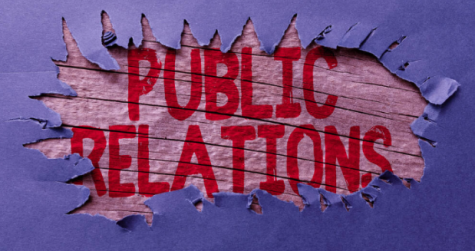How your music determines your mood
What if I told you that your favorite music could be harmful to your mental and emotional states? Songs that have upbeat and happy patterns and lyrics are most likely going to help give you a happier and more sympathetic mood whereas music with sad lyrics could put you in a worse mood.
“I definitely think music can change the way you feel. The vibe and beat of the music can change your entire mood,” sophomore Ashley Hassinger said.
Your brain is made to take in information and content and use it in ways to alter moods. Psychologists spend time learning about how different things affect different parts of your brain. For example, the limbic system is the main factor of your brain that controls emotions. This system is the main factor in how you feel after consuming content.
“My music taste is a mix of both moods; it’s neither happy nor sad. I just listen to the artists that I like,” junior Joey Cramer said.
Writers have many different ways to write a song for different emotions. When looking at traditionally sad music a large amount of emphasis is on the lyrics. Songs such as Passenger’s “Let Her Go” or Johnny Cash’s “Hurt” focus on conveying their sadness through how they tell the story.
“I think that most writers now try too hard to make their music fit into a certain emotional genre, which takes away from their creative talent,” Cramer said.
For instance, Cash struggles with “broken thoughts” which he “cannot repair” in his song “Hurt.”
“I think they put emotion into their music by just writing what they feel,” sophomore Noah Rose said.
However, on the opposite side, happy songs such as “Let’s Go Crazy” by Prince and “Walking on Sunshine” by Katrina and the Waves use music as a way to show their happiness and joy. Songs like these tend to put you in a happier mood for a large amount of time while you think about the catchy music and happy lyrics. Artists do this because happiness and joy are contagious, so when they talk about it you are more inclined to feel what they feel.
“I tend to listen to more upbeat music when I’m happy, like pop or country,” Hassinger said.
However, what about songs that aren’t happy or sad? Many people don’t listen to just happy music or just sad music; they listen to a variety of songs that have a neutral feel. Songs such as “Caught Up In You” by 38 Special and “Rosanna” by TOTO have a focus on love. Music about love has a tendency to be up to the consumer for interpretation. A love song might be happy to you but sad to someone who has experienced heartbreak recently.
“I usually listen to songs that are slower and lower pitched when I’m sad,” Rose said.
A study conducted in 2013 by “The Journal of Positive Psychology” found a link between the music you listen to and how it makes you feel. They linked day to day activities with the type of music you listen to and how much you get done because of it and found that songs with a happier tone tend to make you more productive and have a better outlook on your day.
The world of music is so large that anyone can find the song he needs to brighten his mood or help them cope with sadness. With music created constantly, you’re bound to find the perfect song for your mood. Music can determine your mood or build off of it; what you choose to listen to should focus on what you personally are listening for. If you choose to listen to sadder music, you are more likely to be sad because of it. However, if you choose to listen to happy music, you are more likely to be happy and spread happiness further.

Hi my name is Evan Kissel, I am a sophomore at Sun Valley High School. This is my first year in journalism as a staff reporter. I am pretty outgoing and...





